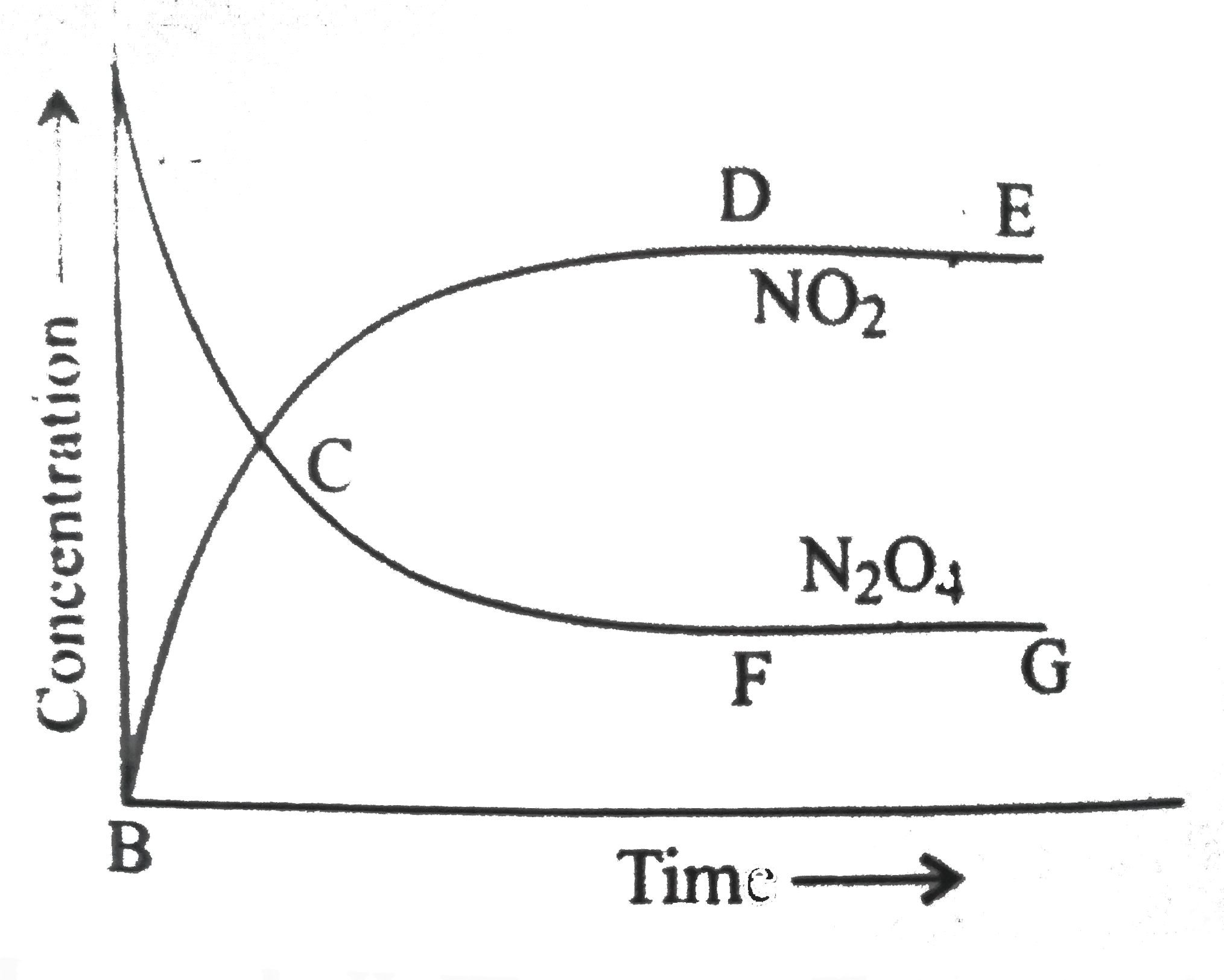D−Fructose with dil. NaOH undergoes a reversible isomerisation and is converted to a mixure of D−glucose, D−mannose and S−fructose.
Statement II: This reaction is known as Lobryde Bruyn-van Ekenstein rearrangement.
Statement I is true, Statement II is true, Statements II is the correct explanation of Statement I.
Statement I is true, Statement II is true, Statement II is not the correct explanation of Statement I.
Statement I is true, Statement II is false.
Statement I is false, Statement II is true.
The correct Answer is:A
Step by step video & image solution for D-Fructose with dil. NaOH undergoes a reversible isomerisation and is converted to a mixure of D-glucose, D-mannose and S-fructose. Statement II: This reaction is known as Lobryde Bruyn-van Ekenstein rearrangement. by Chemistry experts to help you in doubts & scoring excellent marks in Class 12 exams.
Updated on:21/07/2023Topper's Solved these Questions
- BIOMOLECULESBOOK - CENGAGE CHEMISTRY ENGLISHCHAPTER - BIOMOLECULESEXERCISE - Exercises Archives (Single Correct )
5 Videos
- BIOMOLECULESBOOK - CENGAGE CHEMISTRY ENGLISHCHAPTER - BIOMOLECULESEXERCISE - Exercises Archives (Assertion-Reasoning)
1 Videos
- BIOMOLECULESBOOK - CENGAGE CHEMISTRY ENGLISHCHAPTER - BIOMOLECULESEXERCISE - Exercises (Single Correcttype)
80 Videos
- AROMATIC COMPOUNDS AND ALKYL AND ARYL HALIDES BOOK - CENGAGE CHEMISTRY ENGLISHCHAPTER - AROMATIC COMPOUNDS AND ALKYL AND ARYL HALIDES EXERCISE - Archives Subjective Type
4 Videos
- CARBOXYLIC ACIDS AND THEIR DERIVATIVESBOOK - CENGAGE CHEMISTRY ENGLISHCHAPTER - CARBOXYLIC ACIDS AND THEIR DERIVATIVESEXERCISE - Exercises Archives (Analytical And Descriptive)
34 Videos
Similar Questions
In alkalin solution D-glucose, D-mannose and D-fructose are in equilibrium. This reaction is known as
View SolutionConsider the following statement.
D-glucose, D-galactose and D-fructose are all.
1. Isomers
2. Epimers
3. Aldohexoses
4.Monosaccharides .
View SolutionD-Glucose and D-fructose both form the same osazone, Which statements are correct about the above reaciton?
View SolutionFor the reversible reaction.
A(s)+B(g)⇔C(g)+D(g),△G∘=−350kJ
Which one of the following statement is true?
View SolutionIdentify the true (T) or false (F) statement(s) w.r.t. EMP pathway
a. Glucose undergoes partial oxidation to form two molecules of pyruvic acid.
b. In plants, the end product of photosynthesis is converted into fructose and sucrose by the enzyme invertase.
c. ATP is utilised at two steps while NADH + H+ is formed in two steps.
d. Conversion of BPGA to 3-PGA is an energy yielding process.
View SolutionRead the following statements a. Removal of CO, from amino acid histidine converts it into an amine. b. Metabolites are converted into each other in a series of linked reactions called metabolic pathways. c. There is no uncatalyzed metabolic conversion in living systems. d. In living systems, the proteins with catalyti power are known as enzymes. How many above statements are correct?
View SolutionWhich one of the following is NOT correct for monosaccharides?
1. They are optically active polyhydroxy carbonyl compounds
2.Fructose is ketose sugar and hence it does not give red precipitate with Fehling solution
3. α−D(+) glucose and β−D(+) glucose are anomers
4. Glucose and mannose are anomers
View SolutionStatement I: D-Fructose is used for sweetening cold drinks but not hot ones.
Statement II: the sweet form is fructopyranose, on increasing termperature causes or shift in the pyranose ⇔ furanose equilibrium towards the less sweet furanose form.
View SolutionN2O4⇔2NO2,Kc=4. This reversible reaction is studied graphically as shown in the figure. Select the correct statement out of I,II and III.
I : Reaction quotient has maximum value at point A
II : Reaction proceeds left to right at a point when [N2O4]=[NO2]=0.1M
III : K=Q when point D or F is reached:

View SolutionN2O4⇔2NO2,Kc=4. This reversible reaction is studied graphically as shown in the figure. Select the correct statement out of I,II and III.
I : Reaction quotient has maximum value at point A
II : Reaction proceeds left to right at a point when [N2O2]=[NO2]=0.1M
III : K=Q when point D or F is reached:

View Solution
